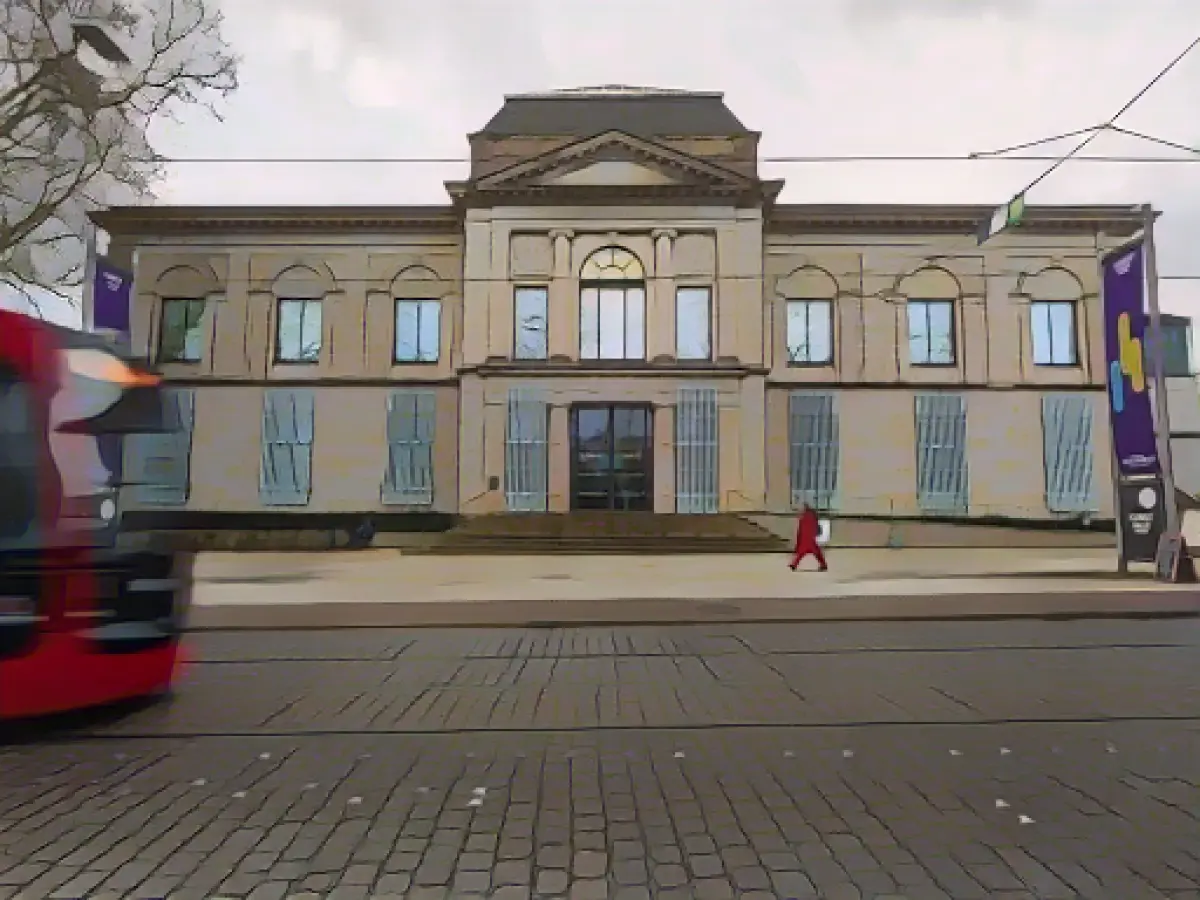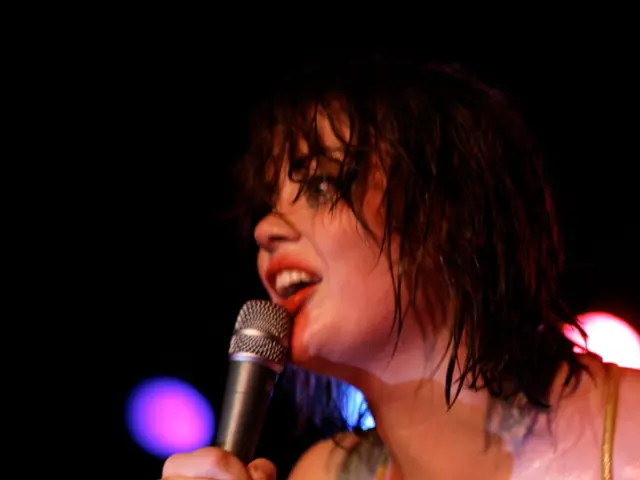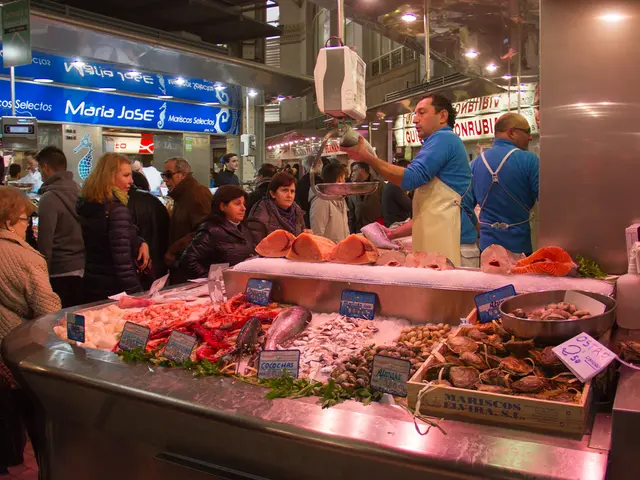Celebrating 200 Years of Art Patronage: Kunstverein in Bremen
Today marks a momentous occasion for the Kunstverein in Bremen as they celebrate their 200th anniversary. This esteemed organization plays a crucial role as a private sponsor of the renowned Kunsthalle Bremen, one of Germany's largest art museums. To commemorate this milestone, the Kunsthalle has organized special exhibitions and published an anniversary publication.
Generous Donations for the Anniversary
In preparation for the celebrations, the Kunstverein has received numerous donations, as revealed by none other than Nicole Lamotte, the chairwoman of the organization. Lamotte highlighted that the association has not had a consistent annual acquisition budget since the 1980s; instead, they rely on the support of their members and art enthusiasts.
The Honorable History of Kunstverein in Bremen
Founded on November 14, 1823, by a group of 34 merchants, including Senator Hieronymus Klugkist, the Kunstverein was established with the goal of promoting and cultivating appreciation for art, focusing primarily on visual arts. Its initial success led to a swift growth in membership, reaching over 575 within three years after lifting the membership cap in 1843.
The association gained prominence when it hosted public exhibitions, which both financed its activities and furthered the acquisition of art pieces. These exhibitions were coordinated with other art societies in cities like Hannover, Lübeck, Greifswald, and Rostock.
A Legacy of Art and Heritage
The Kunstverein's legacy is exemplified by its first owned building, designed by Lüder Rutenberg, and inaugurated on May 1, 1849. This marked a significant milestone as it was the first privately funded building for a civic art collection in Germany. Adorned with four stone figures above the entrance, created by Adolph Steinhäuser, this building stood as a symbol of the organization's commitment to art and heritage.
Expansion and Renovations
Throughout its history, the Kunstverein underwent various renovations and expansions. In 1902, an extension was built, funded by significant donations, including 400,000 Taler from Carl Schütte. The extension, designed by Albert Dunkel and Eduard Gildemeister, featured a monumental sandstone façade adorned by notable sculptors.
The Kunstverein faced financial difficulties after World War I, but managed to secure state support with a 10,000 Mark annual subsidy from the Bremen Senate in 1904, which increased to 50,000 Marks by 1912. A 1921 state agreement ensured the Kunstverein would receive subsidies for personnel and operational costs in exchange for preserving and maintaining artworks from the state's collection.
Contemporary Impact
Today, the Kunstverein is a thriving cultural institution with over 9,000 members. Despite facing challenges, such as during the Nazi era, it has managed to maintain its independence and integrity, defending its acquisitions and exhibitions against political pressure. The organization continues to host various exhibitions and has undergone significant renovations, including an interior redesign in 1998 and an expansion project from 2008 to 2011.
Enriching Art and Culture
The Kunstverein remains a vital part of German museum culture, showcasing diverse artistic works and collaborating with other cultural institutions. Its model of private management with state support has proved to be a successful means of ensuring artistic integrity while ensuring public accessibility.
In light of its rich history and continuous contributions to the arts, the 200th anniversary of the Kunstverein in Bremen is certainly a cause for celebration. While there is no specific mention of a bicentenary celebration in the available sources, the organization's track record suggests this would be a significant event, potentially involving retrospective exhibitions, public events, and recognition of its role in promoting art and culture in Germany.








